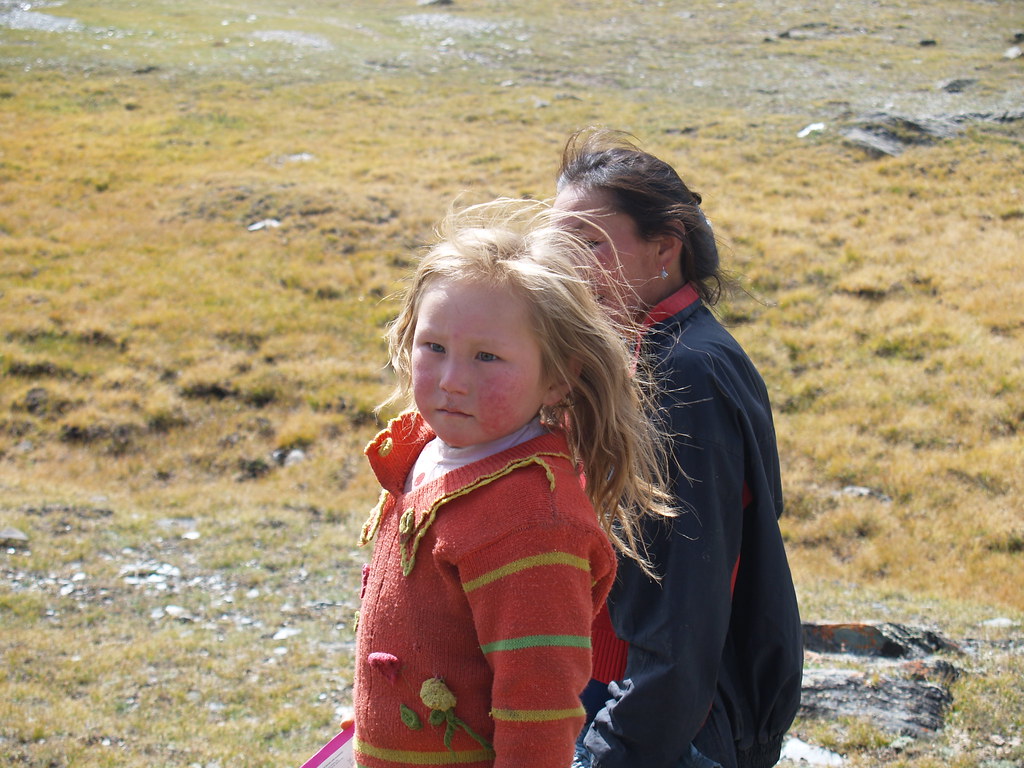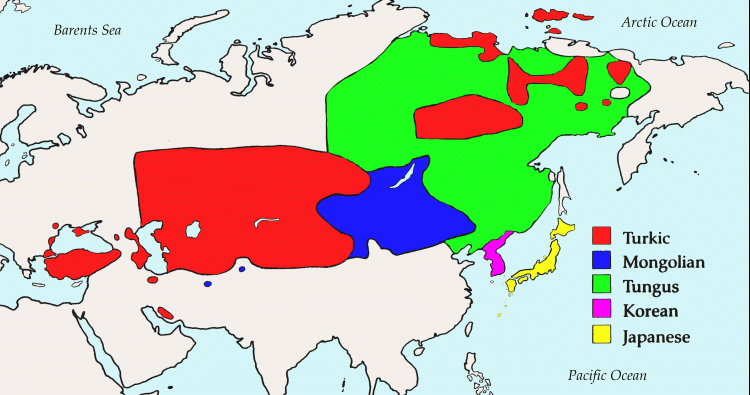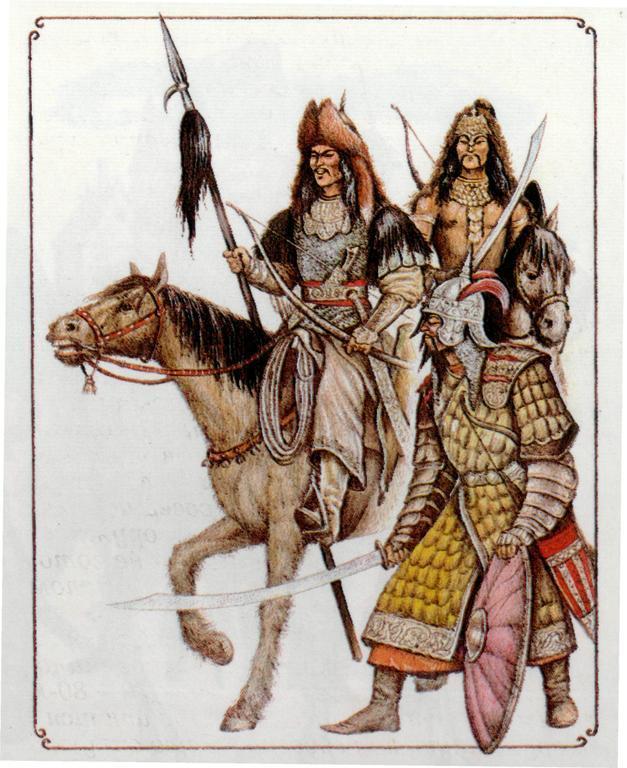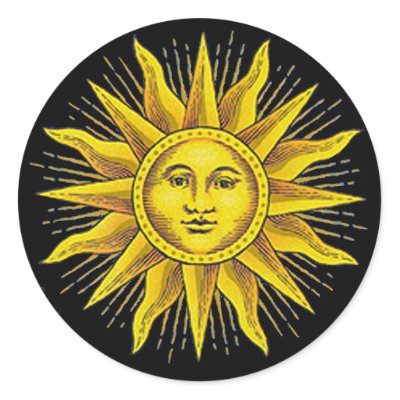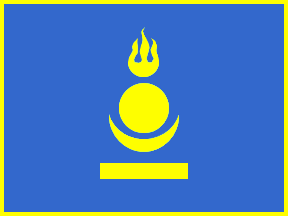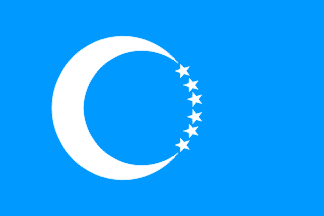I pointed out in one of my other blogs that almost
every living language in the world carries words borrowed from another language.
Languages that are perceived to be "pure" as in not influenced by another language, weather in vocabulary or any other area are extremely rare assuming they even exist.
Such "pure" languages would be considered extraordinary along with their speakers as well as the locations and environments they live in.
And even if such languages are found, they may show traces of influence from an extinct language/languages, discounting their strict "purity."
Likewise having heavy or light influences from other languages does not make the influenced language an "off-spring" of the influencing languages.
Even if the language that has borrowed vocabulary is related to the languages it borrowed from, it still does not constitute what many mistakenly see as "language mixing."
The reason why you cannot have a mixed language is because languages are not simply words. They are a strict set of rules and patterns with few exceptions depending on the language.
Even when you mix words from a different language in your phrase or sentence and think that you're speaking two or more languages together, you are mistaken. If you pay attention to the grammar, you will realize which language you are actually speaking regardless of which words you use.
It's usually the word order and usages that determine it. And even if you speak with a word order alien to all the languages that you are supposedly "mixing," it is still only one of the languages you're speaking.
Certain components you are applying in your phrase or sentence will be most applicable only in one of the languages that you are speaking.
For example, if you were to try and construct a sentence of English and French, you can only use one of the two languages' grammars and/or other key components, particularly syntax. This is because French and English mostly have distinct grammars that cannot combine.
This is true for just about every spoken on Earth. Combining words is just as far as one can get. And even when combining words, one has to ensure there is no grammar conflict between the word or words being used and the language it is being forced into.
And when there is a grammar conflict, the language using it has to exceptionally modify it's grammar to accommodate the borrowing word or to give the word some sense.
When that is properly done, the language borrowing the word and possibly modifying itself is the language being spoken.
This may appear to many as what they call "language mixing" but they will realize it is not such when they actually analyze the "mixed sentence."
The only way to create mixed sentences of two or more languages is speaking at least one phrase from each language.
If the phrases are completed and spoken in the appropriate grammars of their respective languages, you can produce a mixed sentence. But again, you are not mixing the two or more languages as many would mistake this process to be.
I read it is common for Arabic speakers from former French colonies to mix French with Arabic.
The same is true for many South Asians fluent in English and those who use English in everyday life. When Arabs from Lebanon or other former French colonies mix their Arabic with French, they usually speak sentences with phrases from each language.
For example, it is common for them to greet one another by saying "Kif Haq. Bein?"
Kif Haq= How is it going in Arabic.
Bein= Good/fine in French.
So the sentence consisting of a French and an Arabic phrase would come out as a mixed sentence. But the two phrases are complete and independent of one another. The Arabic phrase starts and ends with it's full message before the French phrase begins. This is an example of constructing sentences from two separate languages.
But the languages did not intermingle. They are very different in grammar and in key fundamentals. Language is more than just putting together words. It's the method of putting the words together. Those methods vary in each language. One cannot speak a language by memorizing their words and meanings but also by understanding their usages, how to correctly combine them and their exceptions.
Examples of appropriating a word(s) from a foreign language into the one you speak is when English speaking South Asians fit in English words into their sentences. This is true especially for many speakers of Sindhi, Punjabi and
Hindustani (which is counted as both Hindi and Urdu).
At many times Westernized speakers of these languages tend to fit in English words into their sentence when speaking their language.
But even still they are using Indo-Aryan grammar upon the word they are using.
An example of using the English word "throw" in Urdu would be "Uos Ko throw kar low."
This technically translates to "throw that" or "throw it."
In English grammar the word throw is enough to be considered a verb form as a word on it's own. This is not possible in Urdu which requires the root word to combine with the meaning of doing something to create a verb. "Kar low" or "kar dow" literally mean do do it.
So when saying "Ous ko throw kar dow" or "Uos ko throw kar low" the person actually really speaking Urdu but adding an English word and slightly altering the grammar to give it meaning to the English word which would make no sense at all on it's own if used in Urdu.
As already mentioned, Hindustani cannot use a word in verb form simply on it's own. If the Urdu word for throw p/hayk, (pronounced p-h-ache) is used, then kar would not be used and the phrase would be "Uos ko p/hayk dow."
This again is not mixing languages, but simply adding words from one language into another. Two distinct languages cannot be combined or mixed.
In that way linguistics is very much like genetics. Genetics is also language but in a more physical form. This is why
genetic relationship is the term used in comparative linguistics.
Two or more languages are distinct from one another as two or more species are from one another. The possibility of combining two languages into a "mixed" or "hybrid" language is as probable as mating two distinct species to produce a hybrid off spring(s).
If one were to try to combine English and German into one language, it would be like trying to mate a lion and a tiger. Both English and German are closer relatives than other Germanic languages as they belong to the Western Germanic subfamily.
Likewise lions and tigers are much closer to one another than they are to other cats such as lynx or domestic bobby cats.
I've briefly read and heard of cases of closely related species mating such as leopards with cheetahs or mules with donkeys. From what I learned, the offspring(s) was not very developed genetically. For instance they were unable to reproduce. That would be likely for most offsprings of inter-breeding amongst distinct species.
Their senses would likely be undeveloped. Their eyesight and reproducing functions would be weak. In short they would not be fully stable creatures with regular functionaries than of a normal off-spring of any species. The only chance of an inter-bred creature having the same characteristics as other normal beings is through mutation.
That almost never occurs. And if it does, it is not always positive. Likewise, it is very difficult construct a "mixed language" out of two distinct languages. One can combine certain areas of corresponding grammar but no more than that.
French and Urdu have certain areas of corresponding grammar. French adds the sound "er" to it's root words to create a verb(s) of imperfect present tense. Urdu similarly adds the sound "naa" to it's root words to create imperfect present tense as in "caat-naa" which means to cut.
In that case you could add the Urdu suffix for the French root word and vice versa. However, only people familiar or fluent in both languages would be able to make sense out of them if they were shown the comparisons.
That would probably be the closest thing to "language mixing." In many other areas French and Urdu grammar hardly correspond.
Going back to mixing two closely related languages like English and German, the result would be just like mixing the mule and donkey or lion and tiger. The "mixed language" would be highly undeveloped.
It's speakers would be able to have limited communication amongst themselves let alone outsiders. Though English and German have much in common grammatically, their differences are far too great for them to merge.
German has vowels such as Ö which is alien to English. English also has similar vowels alien to German speakers. Their grammars also differ in far too many areas. As an example "Sprechen sie Duestche" (pronounced "shpreken-zee-Dauitch") is a formal way of saying in German "Do you speak German?"
If "Sprechen sie Duestche" was literally translated into English word for word, it would translate to "Speak thy German?" in old English. Even in old English, that word order would make little sense. In modern English it would translate to "Speak you German?"
Technically an English speaker would understand the question if analyzed properly and the same is true for people speaking a "mixed language(s)."
But then the problem gets worse. Like the off-spring of two separate species, this "mixed language" would have no proper set of rules and would unlikely be sustainable.
It's speakers would have to constantly struggle in areas of speech that they have not touched before. They will be left guessing and trying to make up rules for this undeveloped language. This would make their situation only more difficult.
When they try to combine the same phrase or sentence from English and German, they will have difficulty deciding which languages' grammar to apply. Applying both will not work. The results would be something like "Sie sprechen Duestche" "Sie speak German" "Do Deutsche sprechen sie" or "Speak you German?"
Such phrases will make sense in neither languages. And even when the speakers of this "mixed language" manage to create any standardized grammar, it would still be limited to a few areas of conversation.
That's what happens to any "mixed language" when two or more distinct languages are applied. A language has a clear set of rules. Some languages have rules that limit their flexibility and thus are often considered unsophisticated or at least less sophisticated than other languages.
But regardless, each individual language has a strict set of rules. Once the speakers of a language (which is usually infancy in the case for native speakers) grasp the rules, they will be able to use the language in all areas of conversation. Even when learning new words the speakers learn can automatically determine their usages because the rules have automatically been established in their minds.
Such would be impossible when trying to combine languages into a "hybrid language."
Speakers would be left constantly trying to guess on the usages of words, phrases and sentences.
Another great example would be trying to mix Persian and Hindustani, both Indo-Iranic languages. Persian belongs to the Iranic subbranch while Hindustani belongs to the Indo-Aryan subbranch.
Hindustani distinguishes gender through verbs, tenses and possessive pronouns, while the concept of gender distinction does not exist in Persian or even in other Iranic languages such as Baloch.
So when expressing a verb using Persian and Hindustani grammar, the speaker will be stuck trying to determine weather to use the Hindustani gender distinctive verb or trying to use neutral gender in the case of Farsi.
If it is one or the other, then the phrase or sentence's grammar will come out as one language or the other. The speaker cannot pick both or neither.
Combining the two related but distinct languages will be as possible as mating a whale and a dolphin.
Languages again are just like species. Related languages are like related species. Similar, yet unable to fully reproduce with one another.
The only possibility of combining two or more languages is if their grammars are identical. It would not matter if the languages are related or not. If their grammars correspond in all fields, mixing them would not be as challenging. The only challenge would be deciding which words of which parent languages to use in which sections of the hybrid language.
Though I doubt the existence languages with identical grammars, especially unrelated languages and the process of combining them, theoretically it is possible.
The various Arabic dialects of the Middle East and North Africa are very distinct in pronunciation and vocabulary. However, they are still considered Arabic, so they may be able to combine with one another with little or no grammar conflict.
The same could be said for Yiddish and German and Hindi and Urdu. But in this case it is not as improbable since all the mentioned languages and dialects are from a common single language and closely related to their comparable counterparts.
In this way different dialects of the same language are like different races or breeds of the same species. We have many breeds of domestic cats, dogs etc.
Just as we have different races of humans who are still able to mate.
The same could be true for the Turkic languages of Central Asia that vary mainly in vocabulary and pronunciation, but more or less are the same in grammar. This is where linguistics and genetics contradict each another. While in linguistics you can theoretically combine two closely languages/dialects and create a sustainable off-spring, in genetics it would lead to disaster.
An inbred off-spring in any living species is unlikely to survive. And if it or they do, it wouldn't last for more than a few generations at the most.
The misconception of being able to mix languages or the existence of "mixed/hybrid languages" exists worldwide. Many ignorant and uneducated people believe in such phenomenon without realizing the actual circumstances of such a process.
The idea of mixed languages is also strong in politics and is often a tool for political propaganda.
English suffers from such misconceptions due to it's influence from Greek, Latin, French and other languages.
Most people don't pay attention to English loan words in French or in modern Greek. This is mostly out of sheer ignorance or also due to the fact they do not understand the concept of borrowed vocabulary.
However, English does not suffer as badly as Urdu in this case. Many Arab and Iranian racists have propagated Pakistanis to be culturaless Muslims with no language of their own. They see Urdu as nothing more than an "off-shoot" of their own languages. The same is true for Dari/Tajik speaking Afghans. The same propaganda comes out of provincial ultra-nationalists in Pakistan who claim Urdu to be nothing more than an artificial construct of Arabic, Sanskrit, Persian and Turkish.
They see it as a young and new language that is a predator in their homes. They see their languages as the older and more respectable languages and Urdu nothing more than a young, artificially constructed language and a weapon of the Punjabi elites who are conspiring to eliminate them and their cultures.
Never do these ignorant people stop to think of the thousands of Arabic and Persian loanwords words in Baloch, Sindhi and other languages of Pakistan.
There are even some but few Hindutva fundamentalists in India who see Urdu as a carbon copy of Hindi just by using vocabulary from Persian, Arabic and the Turkic languages using Perso-Arabic script.
They do not realize that much of the Persian, Arabic and Turkic vocabulary in Hindi was artificially removed by their leaders. Urdu actually stands in closer proximity to the original Hindustani language of the Mughals due to retaining most of it's vocabulary.
Even modern Hindi is often incomprehensible to many Indians, which is why Urdu is often used, but called Hindustani to avoid public backlash caused by the sensitivity. Sometimes both Hindi and Urdu are jointly used in the Indian media, but again called by the name Hindustani to keep it neutral.
Languages constantly borrow words from one another and evolve upon that, especially when they try to accommodate the words they are trying to assimilate.
And when they do not borrow foreign words, they often evolve on their own words. Very few languages have escaped evolution if any such languages still exist.
Languages often evolve both independently and under influence from outside words by trying to accommodate borrowed words into their grammar. But the misconception of "mixing languages" is all over due to these processes which are misinterpreted.
Very few people really mention the English influence on French or the Sanskrit influence on Arabic. Many Sanskrit and Phoenician words in European languages have been passed onto them through Arabic.
Yet nobody calls Arabic a "mixed language" or the European languages such as Spanish and English borrowing these words as "language mixing."
It all takes us back to politics and preferences. Languages that are seen as enemies or spoken by people disliked by another group of people, that other group of people then pull out the propaganda of "mixed language" as a way of discrediting that language and it's speakers.
But as explained, such a language does not exist and perhaps even never existed beyond theory.



.jpg)









.jpg)






